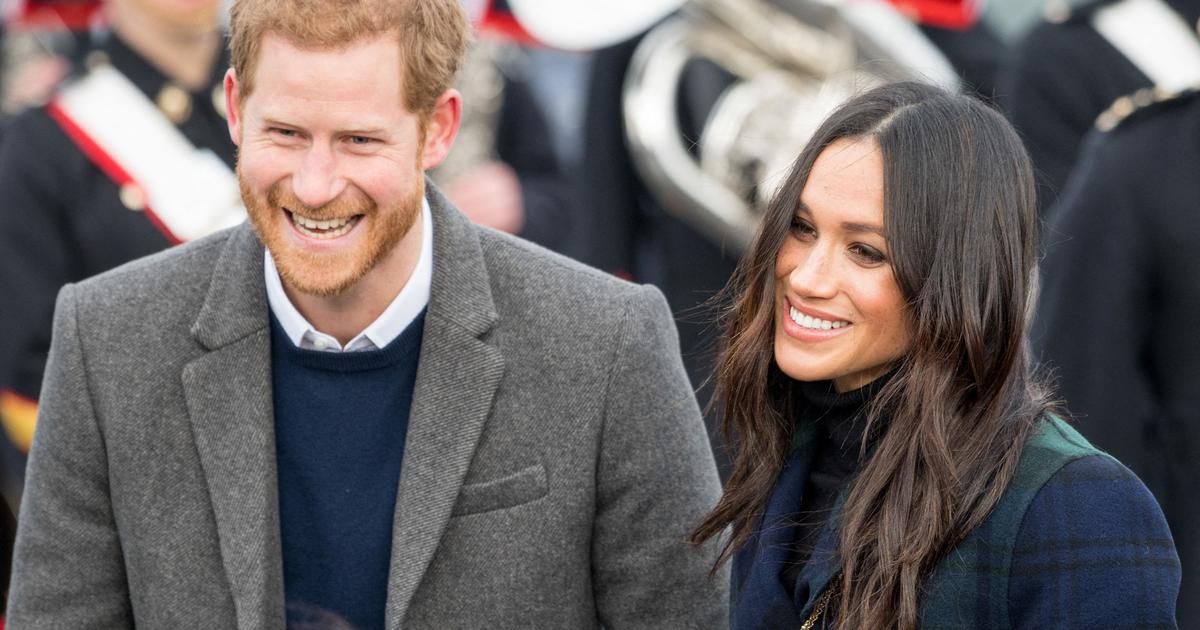Distinctive chin, protruding lower lip, drooping nose tip: One often already recognized a Habsburg by the face. Now researchers have new evidence that the malformations, which are also known as Habsburg lower lip or Habsburg nose, were caused by inbreeding.
The tradition of marrying the family ensured for centuries that the Habsburgs were in control of Europe. Only at the end of the First World War did the Habsburg Empire collapse, the researchers write in the journal "Annals of Human Biology".
"Inbreeding that led to destruction"
"The Habsburg dynasty was one of the most influential in Europe," said study author Roman Vilas of the Spanish University of Santiago de Compostela. But she was known for her inbreeding, which eventually led to her downfall. "We show for the first time that there is a clear connection between inbreeding and the Habsburg mandible."
That inbreeding played a role in malformations has long been considered likely. So far, however, the genetic basis was largely unclear, especially because it lacks genetic material of the royal family.
For the current study, the researchers therefore asked an expert team of oral, jaw and facial surgeons to analyze dozens of portraits of 15 Habsburgs. The physicians looked for a total of 18 features that characterize the characteristic malformations of the upper and lower jaw. From the results, the scientists determined how significant the malformations were in the individual Habsburgs.
The result:
- The mandibular malformations were most pronounced in Philip IV, who ruled between 1621 and 1640 Spain and Portugal.
- The last Spanish Habsburg King Charles II had a particularly pronounced maxillary malformation. He ruled from 1665 to 1700.
Christophel Fine Art / Universal Images Group / Getty Images
Philip IV: With him, the lower jaw malformation was particularly pronounced
In addition, the scientists analyzed the pedigree of the Habsburgs. This includes 6000 members and 20 generations. The researchers determined the family relationships to determine the extent of inbreeding in the family, and compared the result with the portrait analysis.
Accordingly, those family members showed marked malformations whose ancestors were particularly closely related. This supports the thesis that the typical facial features of the Habsburgs actually go back to inbreeding. Especially the protruding lower jaw betrayed close kinship relations, also with the Habsburg nose and lower lip the research found a connection, however this was not so pronounced.
So far, the genetic basis of malformations can not be determined with certainty. The scientists suspect, however, that the lower jaw malformations are inherited recessively. This means that the trait occurs in a child only if it has inherited the genetic makeup of both parents. The likelihood is higher if two relatives have a common child - inbred.









